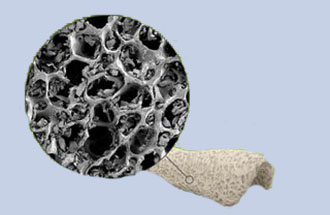There are several types of bone grafting procedure. The selected grafting procedure and timeline is determined on the required size and volume of the bone grafts as well as required bone graft area or location.
1. Socket grafts
The most common type of bone graft procedure is called a socket graft used to prevent the atrophy of the alveolar bone before it occurs. Socket bonegrafts may be done during tooth removal or for immediate implants. These grafts usually minimize post-operative pain from the implant surgery.
Socket grafts are a simple and routine bonegraft procedure used within implant treatments.
2. Lateral ridge preservation graft
Preservation bonegrafts of the lateral ridge increases the width of the jawbone. The adds volume to accommodate the dental implant post. Lateral ridge preservations grafts typically use allografts (human donor bones).
3. Block bone graft
The block bone graft is required when a big size or volume of bone replacement is required. Your oral surgeon may harvest a small block of bone from the back of the jaw or from other parts of your body to fill the loss jawbone.
The healing time for larger bonegraft procedure such as the lateral ridge and block grafts takes a longer healing period of around 4 to 6 months before dental implant treatment may be started.
4. Sinus lift
A sinus lift procedure is done only in upper jaw that does not have sufficient stable bone to hold the implant post. The upper jaw, the sinus membrane is lifted and bone graft material is built up. Sinus lift grafts may require up to 8 to 12 months before prosthese are loaded on.












